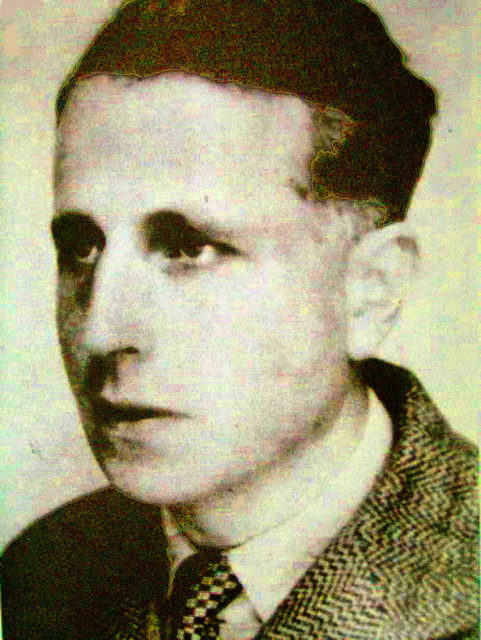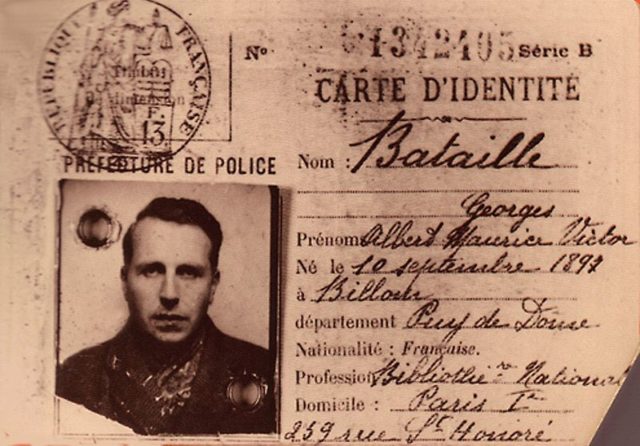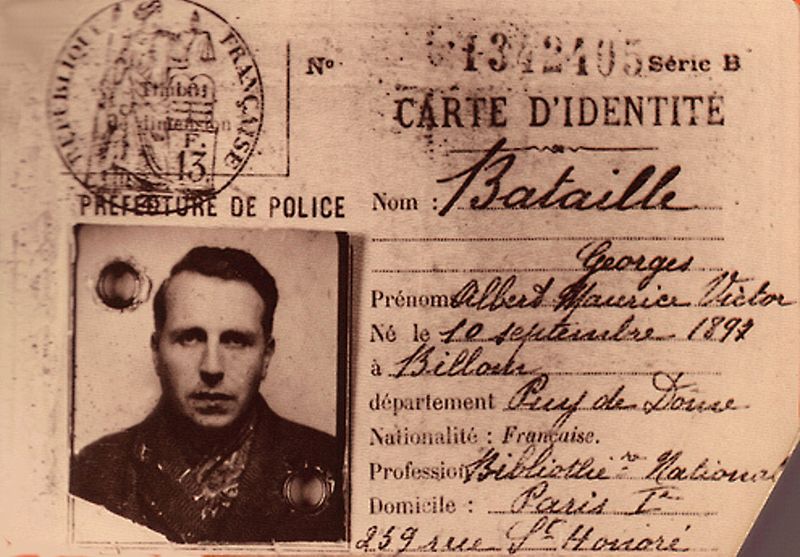The work of French philosopher, writer, and literary critic Georges Bataille has influenced many contemporary philosophers and writers.
However, during his life, Bataille’s works were often deemed obscene–he explored subjects such as eroticism, mysticism, and transgression. Bataille was not extravagant and unorthodox only in his writing; his personal life was turbulent and often violated social norms.

In 1936, Bataille created Acephale, a public review which published five issues from 1936 to 1939. In this magazine, Bataille and other prominent French intellectuals of the time published their essays and reviews. The central subject of the review was the works of the prominent philosopher Friedrich Nietzsche: Bataille and his colleagues were outraged because Nietzsche’s sister married the notorious anti-Semite Bernhard Förster and attempted to use Nietzsche’s work for Nazi propaganda.
At the same time when he created the public review, Bataille founded a secret society also named Acephale.
The symbol of the society, which was also on the cover of the first issue of the review, was drawn by the French artist Andre Masson: the symbol features a headless man inspired by Leonardo da Vinci’s drawing of Vitruvian Man. The word “Acephale” comes from the ancient Greek word “acephalos,” meaning “headless.”

Since the society was secret, very few facts about its agenda are known. However, it is known that Bataille organized nocturnal meetings in the woods, near an oak which had been struck by lightning.
Also, members of the society were required to meditate on the texts of Nietzsche, Freud, and Sade, and adopt several rituals such as refusing to shake hands with antisemites and celebrate the decapitation of Louis XVI.
Bataille was also fascinated by the idea of human sacrifice: there was a discussion amongst members of the Acephale about the possibility of carrying out a human sacrifice, but the discussions were never put into action.

Bataille and the other members of the society each agreed to be the sacrificial victim, but none of them would agree to be the executioner.
An indemnity was offered for an executioner, but none was found before the dissolution of Acephale shortly before World War II.
